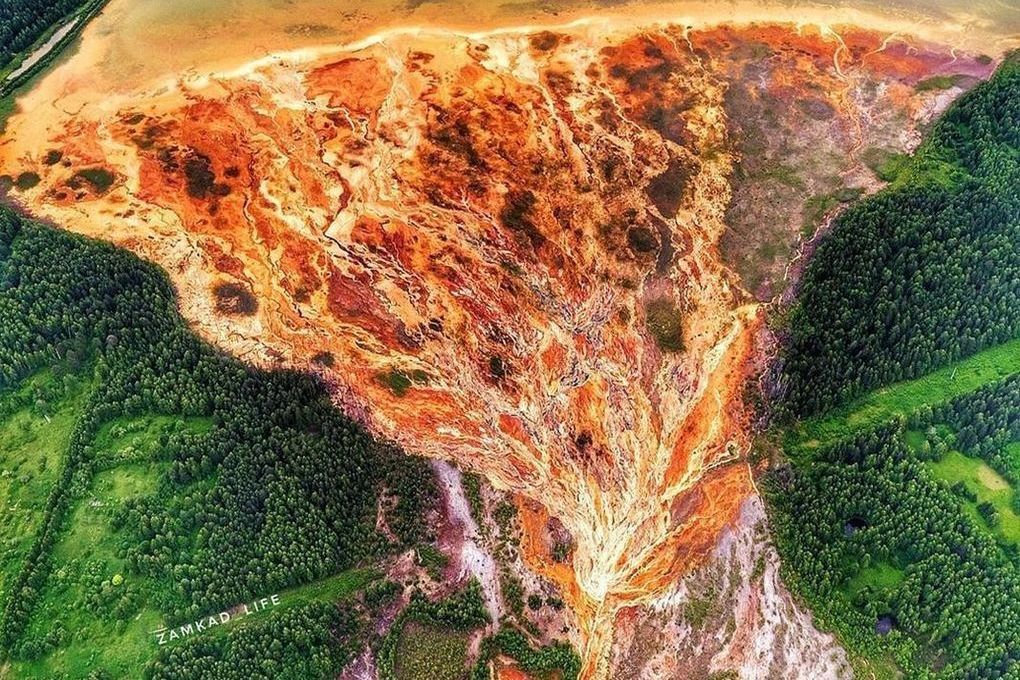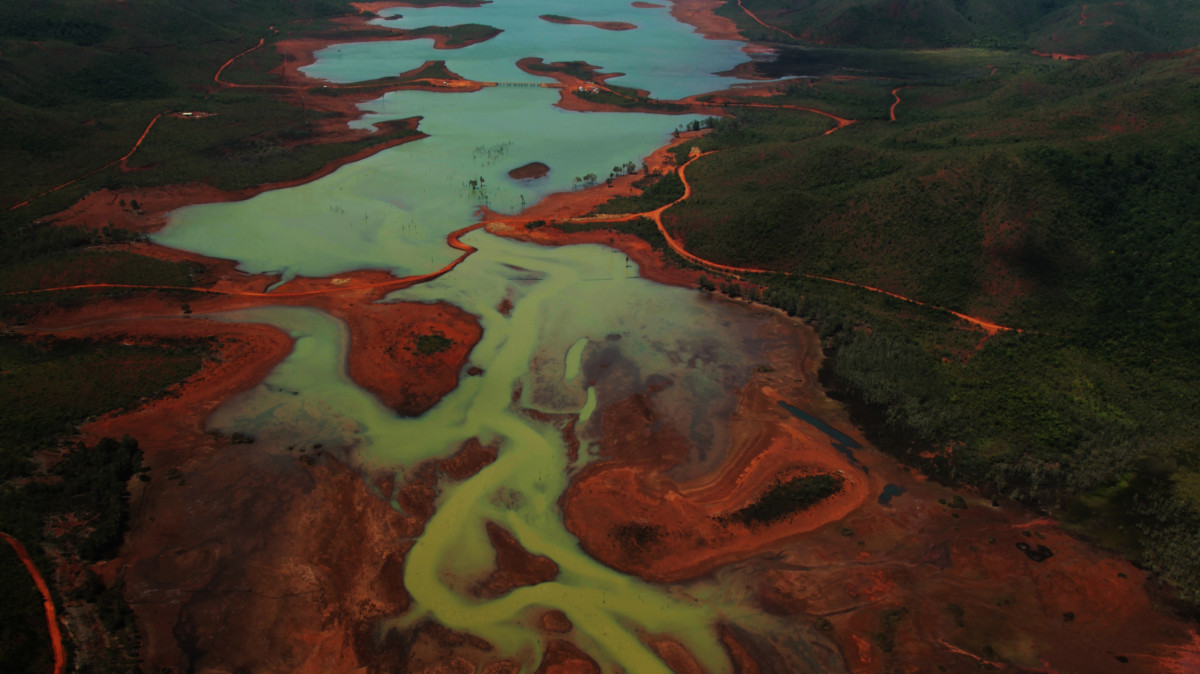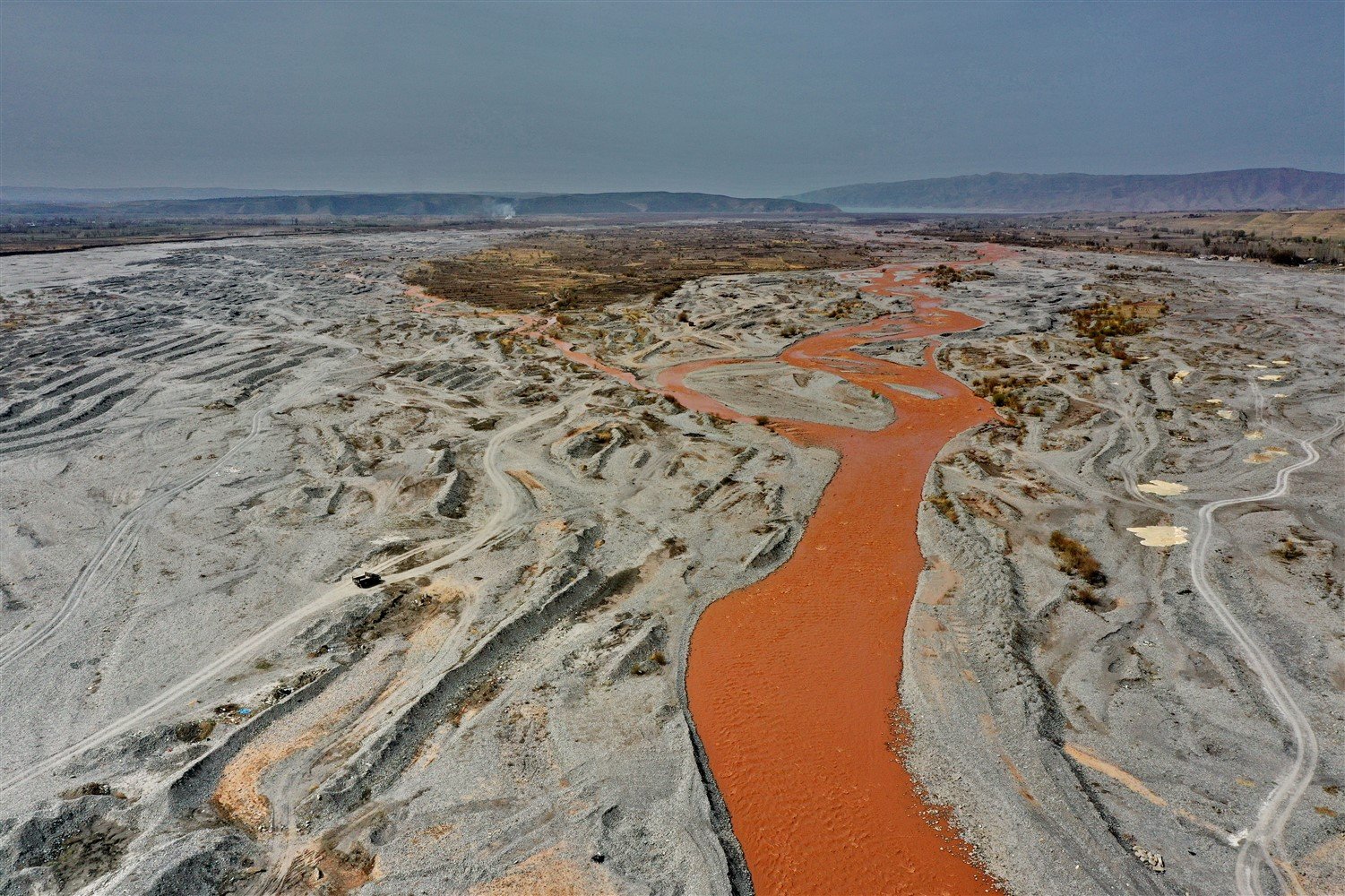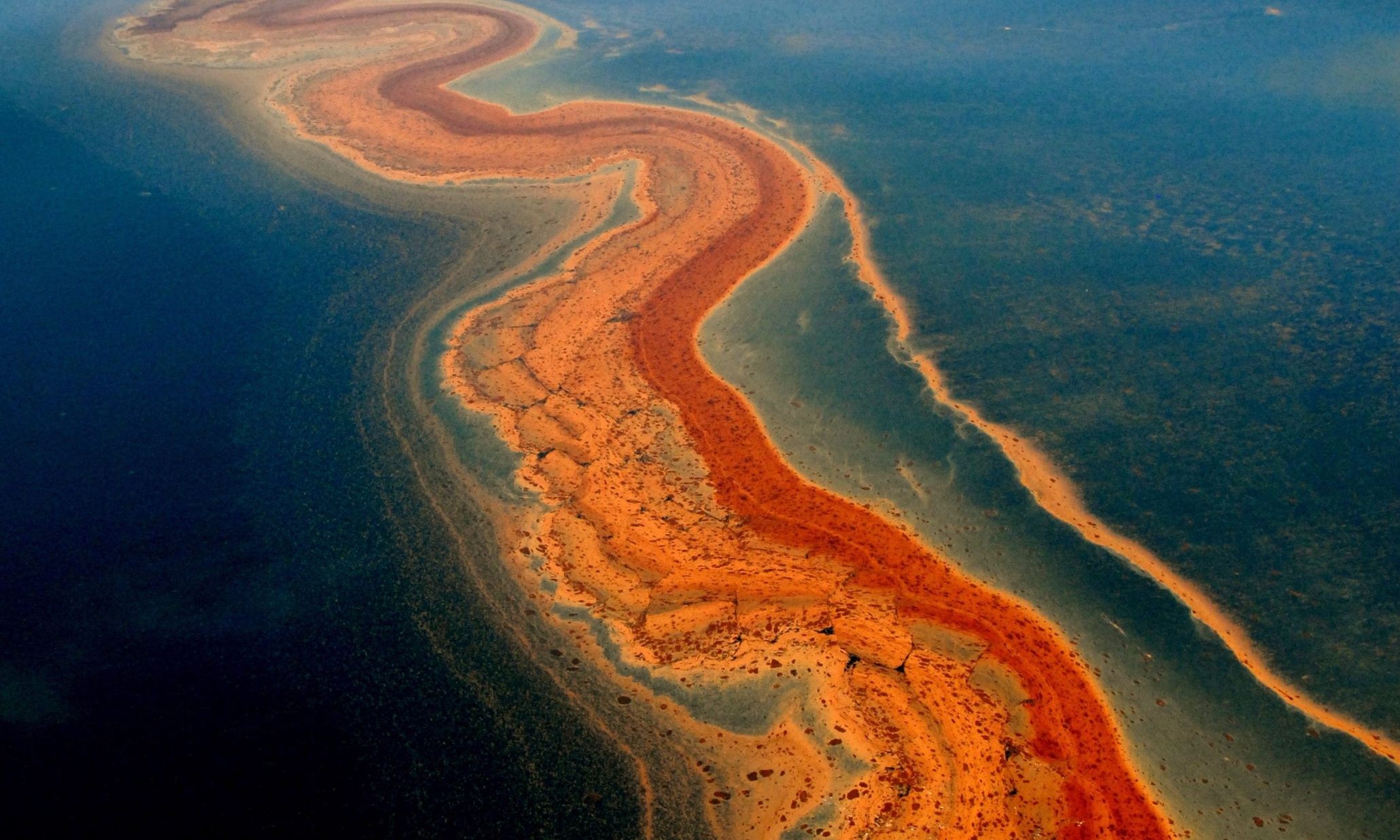Many rivers and streams in Alaska are turning bright orange and scientists are still working to find the exact cause of the phenomenon.

Tukpahlearik Creek in the Brooks Range in southwest Alaska turns orange. Photo: Taylor Roades
In recent years, scientists have observed many rivers and streams turning bright orange in the Arctic region of Alaska. The discoloration of the Salmon River, which flows through Kobuk Valley National Park, is especially worrying, according to the National Park Service. Data shows that the river water was still pristine before 2019, but that summer, the Salmon River water suddenly turned orange and green.

According to Scientific American, the same thing happened to rivers and streams throughout the Brooks Mountains in Alaska and is likely to happen in many other places in the Arctic. Patrick Sullivan, an ecologist at the University of Alaska Anchorage, and his colleagues believe the cause comes from climate change. Research results show that the Arctic is warming at a faster rate than the rest of the world. Rising temperatures cause permafrost in the national park to thaw. However, researchers are not sure how thawing soil turns rivers orange. Some experts believe that acid from minerals leaches iron from bedrock. When the sediments come into contact with flowing water and air, they oxidize and turn orange.

Another theory is that thawing of the permafrost soil beneath the bog allowed bacteria to transform the oxidized iron. When groundwater carries the transformed iron into an oxygen-rich stream, it oxidizes again, turning the stream water orange.

Understanding the causes of the phenomenon is important to increase understanding of the ecological impacts, including risks to river wildlife and water-dependent communities. Many tributaries of the Wulik River have turned orange, possibly affecting Kivalina, a village of 444 residents that specializes in fishing and drawing drinking water from the river.

The US Geological Survey (USGS) is conducting a study examining orange rivers and streams in Alaska and when they change color. The study aims to test multiple hypotheses about the cause of the phenomenon and its relationship to warming weather and thawing soils. USGS experts will also consider impacts on water quality and ecosystems.





